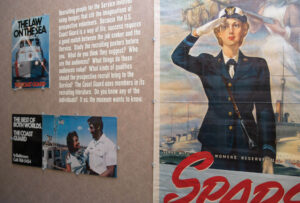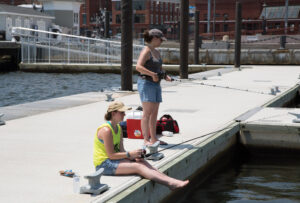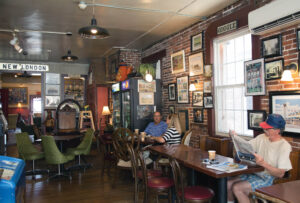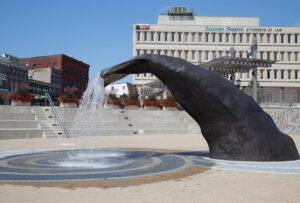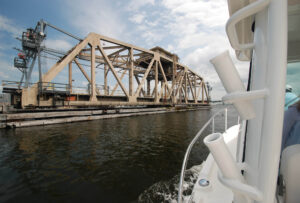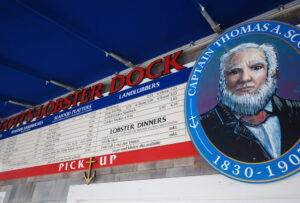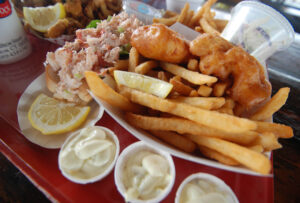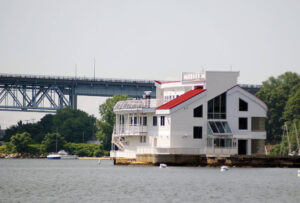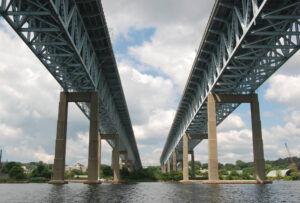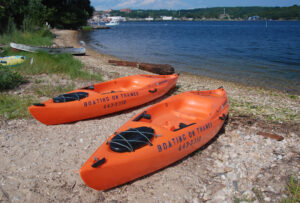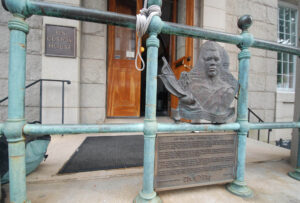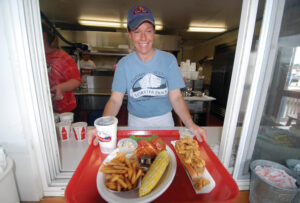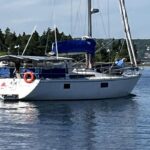
Bodies Discovered on Sable Island
July 18, 2024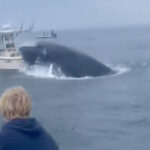
Whale Capsizes Boat
July 25, 2024
Welcome to New London
The city on the Thames River, welcomes boaters with its revitalized waterfront, rich cultural heritage, and historic sites. Known for its resilience, the city has continually reinvented itself. Today, New London offers a unique blend of history and modern attractions, making it an ideal destination for tourists and boating enthusiasts.
NEW LONDON'S STORY
New London is nothing if not resilient. For three centuries, the city on the lower Thames River has endured, rebuilt and reinvented itself, starting with its Phoenix-like rise from the ashes of Benedict Arnold’s 1781 sacking of the town. New London recovered to become the country’s third-largest whaling port, only to see its whale-oil fortunes decline after the Civil War. Most recently, following decades of hard times that saw the downtown area all but shuttered, the city is again rebounding, this time capitalizing on a young and creative population, rich history, and restored waterfront.
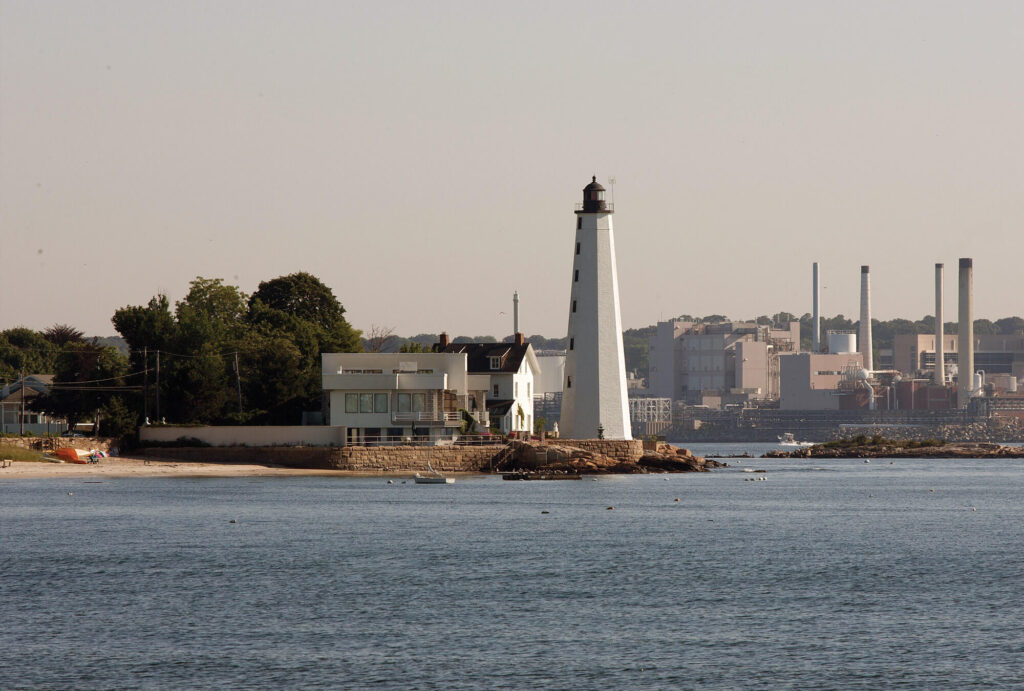
The iconic New London Harbor Light stands sentry at the mouth of the Thames River, just south of the city’s busy waterfront. Photo/Caryn B. Davis
“We recognized the reality that New London isn’t, and does not desire to be, a Newport or a Nantucket,” says former New London Mayor Daryl Justin Finizio. “New London is a progressive, diverse city with a vibrant arts and music scene that wishes to celebrate our diversity, and we are welcoming to all people from all walks of life.”
BOATER BENEFITS
As part of its mission to attract more boaters, New London has made some big changes to its waterfront infrastructure. In the past, it has upgraded its mooring field off Custom House Pier by installing 41 new helix moorings, a dinghy dock that is free to use, and a visitor’s center with restrooms and showers, all within easy walking distance of the downtown shops and restaurants. City Pier offers overnight slips on six floating docks with power and water. All of this is very reasonably priced for visiting boaters, though we should note that river traffic can make overnight stays a bit rolly and noisy for some folks.
Those who desire the comforts of a full-service marina can always head for protected Shaw Cove, just south of Custom House Pier. An Amtrak swing bridge guards the entrance to the cove, so you’ll have to hail the bridge operator to gain access. Once inside, you’ll find one of the oldest and most welcoming boating facilities in the country—Crocker’s Boatyard. Crocker’s is still family owned, and features transient slips, a fuel dock, haul-out service, a repair shop, WiFi, a pool, laundry, showers, and just about anything else you could want.
On the opposite side of the cove is Captain Scott’s Lobster Dock, a local institution where you can pull into a vacant slip and chow down on mouthwatering fried seafood, chowder, lobster, burgers, ice cream, and other tasty fare. With trains roaring past and boats pulling in and out of slips, kids naturally love this place. It’s named for Captain Thomas Scott, who built nearby Ledge Lighthouse and Race Rock Light.
FORT WITH A VIEW
Shaw Cove also puts you within walking distance of Fort Trumbull State Park, which sits on a grassy promontory overlooking the harbor and the river mouth. While the fort features an inviting wooden pier that juts far into the Thames, dockage is not allowed; the pier is strictly reserved for shore fishermen. Directly adjacent to the pier is Coast Guard Station New London, where the training barque USCGC Eagle ties up when she’s not at sea.
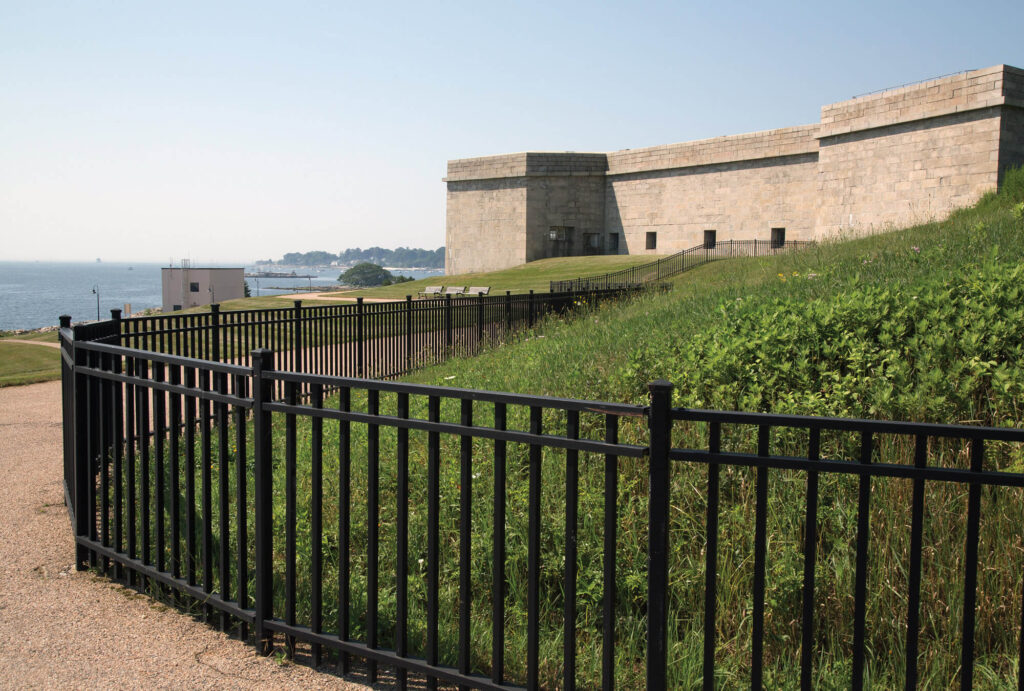
Fort Trumbull State Park offers amazing views of the lower Thames. If you’re lucky, you may even spy a submarine heading for its base on the Groton side of the river. Photo/Caryn B. Davis
The Fort Trumbull Visitor’s Center, located just behind the fort, offers interactive kiosks to educate visitors of every age and shows how visitors can build their own forts and detect submarines. And the fort itself—an Egyptian Revival design built between 1839 and 1852, but which never fired a cannon in defense—affords marvelous views of the river and the many ferries, commercial ships, and other vessels traveling to and from the Sound. “Where else,” asks a ranger, “can you teach a kid about our maritime past while watching a submarine go by?”
From the fort’s ramparts, it’s easy to see why New London has long drawn visiting mariners. The Thames River entrance is wide and deep, with virtually no hazards to navigation. It’s a big reason Groton, opposite New London on the east bank of the river, was selected as the home for Electric Boat, long the primary builder of nuclear submarines for the U.S. Navy. You can learn more about submarines, and tour an actual sub, at the USS Albacore Museum, just north of the I-95 bridges in Groton. You can also see the Albacore by boat, but don’t get too close or you’ll be shooed away by the ever-vigilant guards.
DOWNTOWN & BEYOND
New London’s proximity to Long Island Sound also makes it a transportation and shipping hub. Located just minutes from I-95, the town is home to a waterfront Amtrak station, and is also relatively close to Block Island, Fishers Island, and the East End of Long Island—the Cross Sound Ferry departs here to Orient Point on the North Fork of Long Island. The city’s location appeals to cruisers who want to meet friends or collect or drop off crew.
Or stick around. Once virtually deserted, the New London of today has a very different vibe and look. Though some storefronts remain empty, many have been converted into bars, art galleries, and intriguing emporiums. Visitors can find plenty of dining options, with restaurants serving food types ranging from American to Thai to Indian. Funky shops specialize in everything from tattoos and jewelry to comic books and antiques.
Of course, the many cultural and historic spots are a big part of the New London experience. In the heart of downtown, steps from the waterfront, is the Custom House Maritime Museum. Completed in 1835 by Robert Mills (designer of the Washington Monument), the building is home to the oldest continuously operating customs house in the country, but now mainly serves as an educational facility. Through the museum’s massive, burnished doors—fashioned from original planks of the USS Constitution—passed cargo, contraband and illegal slaves, including those from the Amistad, which was brought to New London following the infamous 1839 mutiny. The story of the Amistad is told in a terrific exhibit on the second floor of the museum, which also contains the Fresnel lenses from nearby lighthouses, tin foghorns, and a collection of beautifully preserved diving helmets from the early 19th century.
ARTS ABOUND

Eclectic galleries cater to every taste imaginable and add to New London’s hip, artsy vibe. Photo/Caryn B. Davis
The Lyman Allyn Art Museum is nearby, housed in a neoclassical building dedicated in 1932 and set on 32 landscaped acres just north of the downtown area. An archway frames each gallery showcasing mostly American art—lots of Connecticut impressionists and paintings from the Hudson River School.
Nearby, you can explore the convoluted history of the Coast Guard in the rather modest Coast Guard Museum among the Federalist brick buildings of the U.S. Coast Guard Academy.
There’s more to see south of downtown. Guarding the river’s western entrance is the much-photographed salt-shaker-shaped New London Harbor Light, a tapered 90-foot octagonal tower built in 1801 and mentioned by Eugene O’Neill in his comedic play Ah, Wilderness! The light is now owned by the New London Maritime Society, which offers tours.
And speaking of the famous playwright, you can also visit Monte Cristo Cottage, O’Neill’s boyhood summer home in the 1890s. Visitors familiar with Long Day’s Journey into Night will recognize the parlor, set exactly as it is on stage.
As you can see, New London is positively brimming with things to do—and there’s more on the way. Construction is underway on the new National Coast Guard Museum. And the city to continues to explore ways to leverage its location at the confluence of the Thames River, Long Island Sound, Fishers Island Sound, and overland transportation. As long as New London continues to grow from its nautical roots, its future looks bright indeed.
NEW LONDON GALLERY
Written by Malerie Yolen-Cohen
Marerie is Co-Publisher of Northeast travel website GetawayMavens.com, and she is the author of the cross-country travel guide, Stay On Route 6; Your Guide to All 3562 Miles of Transcontinental Route 6. She has written for National Geographic Traveler, Ladies Home Journal, Yankee Magazine, Shape.com, Sierra Magazine, and dozens of other publications.
Photography by Caryn B. Davis
Caryn has specialized in architecture, interiors, and landscape design photography for 25 years. She is a creative collaborator, art lover, beauty seeker, a journalist, and a faithful student and traveler of the world. She has produced 3 photography books (Connecticut Waters, A Connecticut Christmas, and Connecticut Gardens), and has contributed to a long list of regional and national publications including New England Boating. Visit her website Caryn B. Davis Photography to view her work and accomplishments.
Photography by Tom Richardson
A Massachusetts native and past editor of New England Boating & Fishing, Tom has spent time working for Salt Water Sportsman, Offshore Magazine and was a founder of BoatingLocal. You can now find Tom as the Host, Executive Producer at Explore New England TV.


